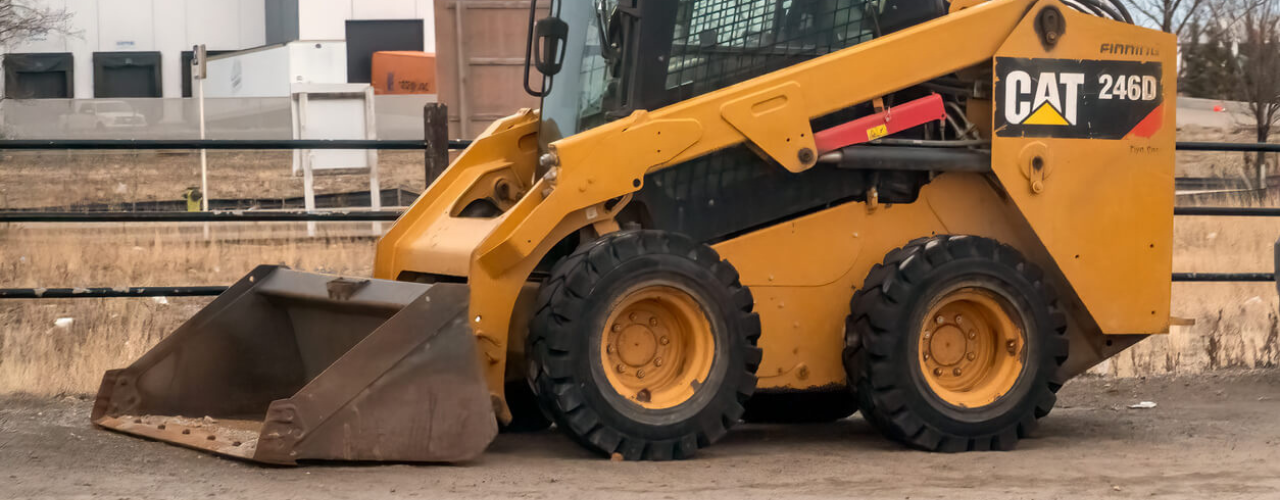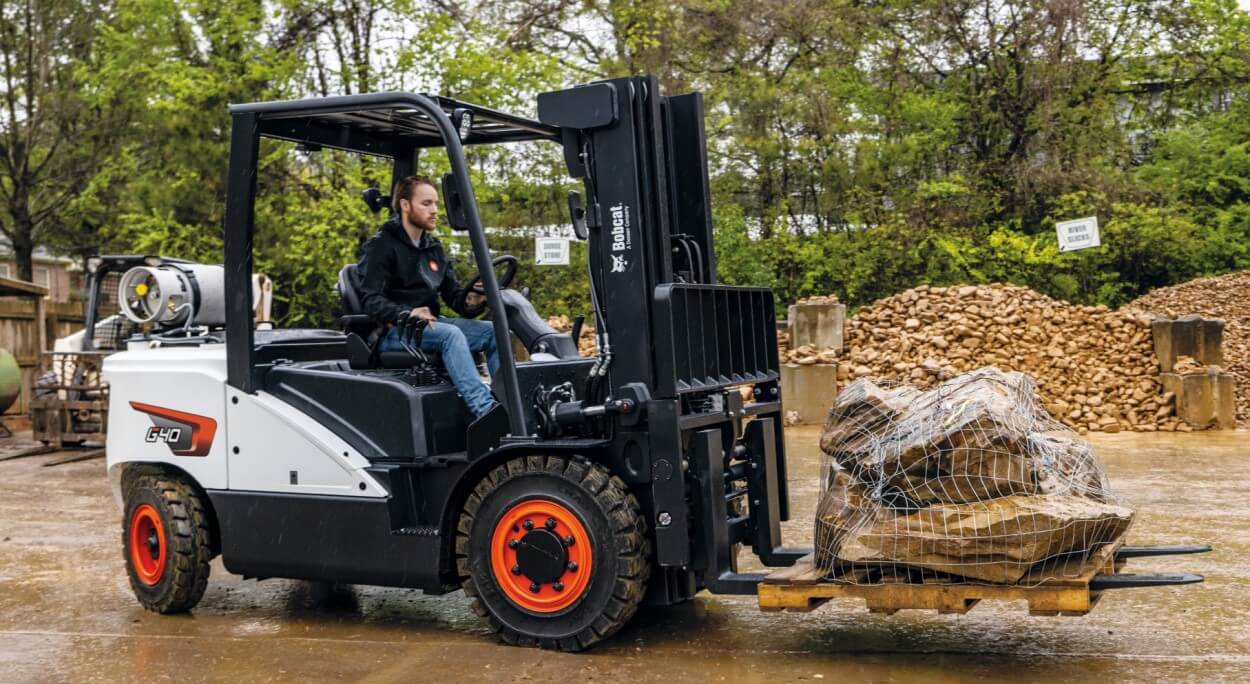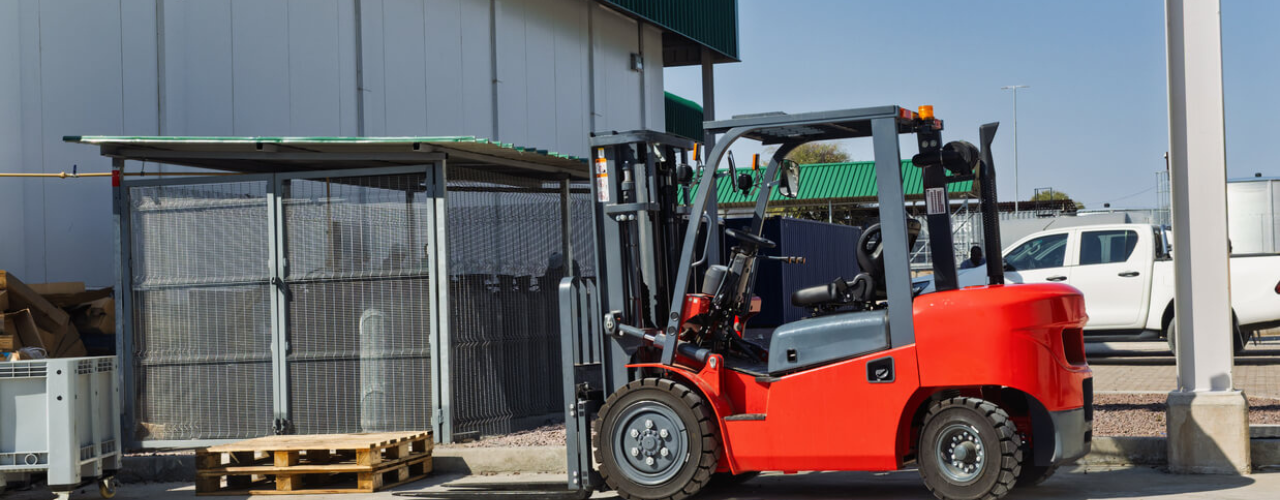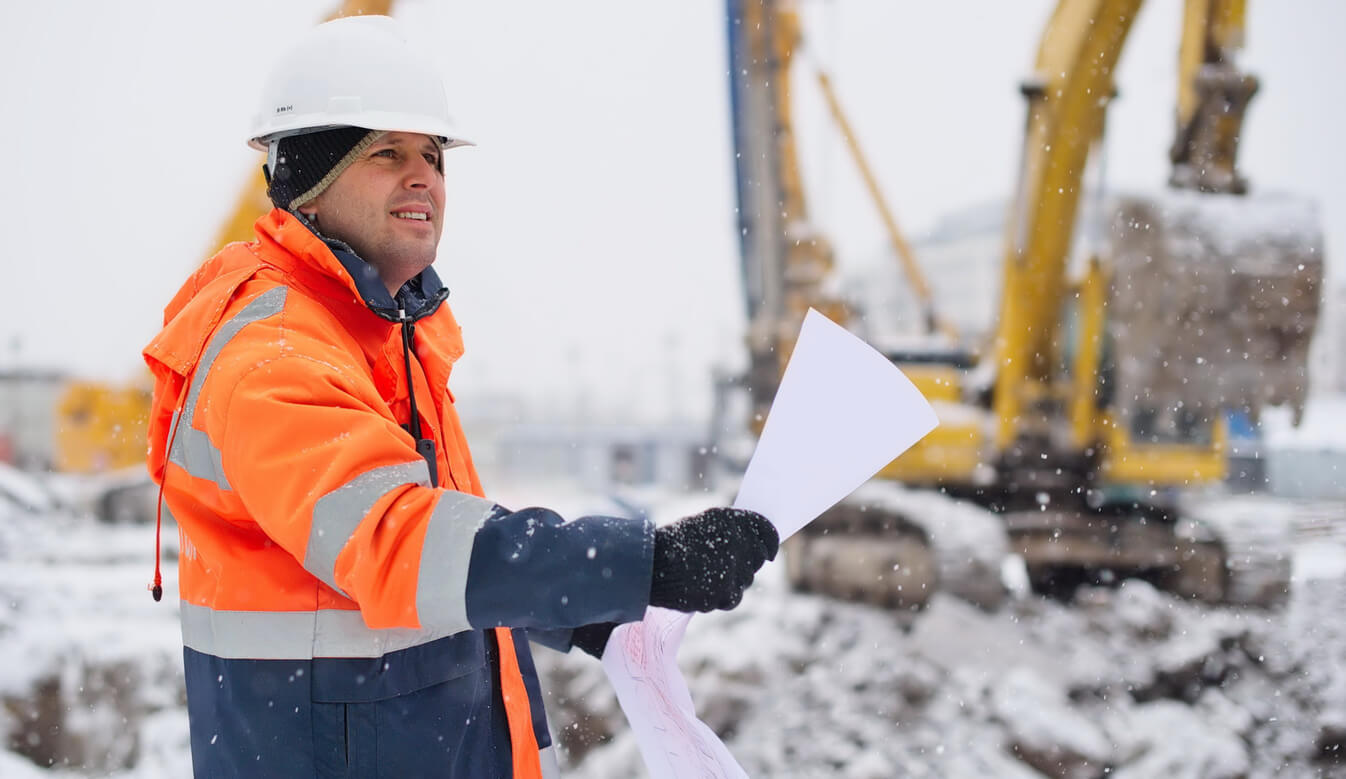
Blog
How Safe are Bobcat Forklifts?

When it comes to forklifts, safety should always be top of mind, especially when you’re working with heavy loads, tight spaces, and a fast-paced environment. Bobcat forklifts are known for their reliability and durability, but just how safe are they, and what can you do to make sure you’re using them as safely as possible?
Safety Features on Bobcat Forklifts
Bobcat forklifts come with a range of built-in safety features that help protect both operators and nearby workers. They’ve designed these machines with user safety in mind, so let’s break down a few of the key safety features you’ll find on their forklifts.
- Operator Presence System: This feature ensures the forklift can’t be operated unless the driver is seated correctly. If the operator isn’t in the seat, the forklift won’t budge, which helps prevent accidental movement or unexpected rollovers.
- Increased Visibility: Bobcat has focused on giving the driver clear views from the operator’s seat. Better visibility means the driver can see obstacles and people in the forklift’s path, making it easier to navigate safely, even in tight spots.
- Stable Design: Forklifts are prone to tipping if not handled correctly, especially when lifting heavy loads. Bobcat forklifts have a low centre of gravity and stabilising components to keep them steady, reducing the risk of accidental tipping.
- Load Stability Indicator: Many Bobcat forklifts come equipped with a load stability system that helps the operator know when they’re reaching the safe lifting capacity. This feature can prevent overload accidents, which are a common cause of forklift incidents.
These features are a great start, but even the best safety measures only go so far. Safe operation also depends on the driver’s understanding and application of best practices. So, let’s get into some safety tips for operating Bobcat forklifts.
Best Practices for Using Bobcat Forklifts Safely
Safety features are only as good as the person behind the wheel. Here are some tried-and-true best practices for operating Bobcat forklifts safely.
-
Complete Proper Training
This may seem like a no-brainer, but you’d be surprised how many people skip proper forklift training or cut corners. A well-trained operator is a safer operator, and proper training ensures that everyone understands the ins and outs of using Bobcat forklifts.
- Get certified: Make sure every operator has the required certification to operate forklifts. Training should cover safe operation, load handling, and emergency protocols.
- Refresh training regularly: Skills can get rusty over time, and technology changes. Keep training up to date to make sure everyone’s on the same page when it comes to safety.
-
Perform a Pre-Use Inspection
A quick inspection before each shift can make all the difference. It doesn’t have to take long, but it should cover the basics to ensure the forklift is in good working order.
- Check the tyres: Look for any signs of wear or damage that could affect stability. Tyres in bad shape can lead to poor handling or even accidents.
- Test the brakes: Brakes are critical, especially when carrying a heavy load. Make sure they’re responsive.
- Inspect the forks: Look for any bending or cracks in the forks, which could make them prone to breaking under load.
- Battery and fuel: If it’s an electric model, check that the battery is fully charged. For fuel models, ensure there’s enough fuel for the shift.
A quick pre-use inspection helps you spot potential issues before they turn into big problems.
-
Follow Load Limits Strictly
Every forklift has a maximum load capacity. Exceeding these limits is a recipe for disaster, as it can lead to tipping or dropped loads.
- Know the load capacity: The load capacity should be clearly marked on each forklift. Make sure operators are aware of it and follow it without exception.
- Keep the load balanced: Uneven or off-centre loads increase the risk of tipping. Always position the load as close to the mast as possible and keep it balanced.
- Use a load stability indicator: Many Bobcat forklifts have built-in indicators to warn if you’re approaching the load limit. Don’t ignore these; they’re there for a reason!
-
Drive at a Safe Speed
Forklifts aren’t race cars and treating them like one is a sure way to end up in trouble. Bobcat forklifts are designed for controlled, steady movement, not speeding around corners. Many worksites set speed limits for forklifts. Follow these and avoid sudden turns or jerky movements that could destabilise the load. Corners are where many tipping accidents happen, so reduce your speed and sound the horn to alert others of your presence. Also, be mindful of slopes when driving up or down a slope, keep the load facing uphill to maintain balance.
-
Stay Aware of Your Surroundings
One of the best ways to ensure safety while operating Bobcat forklifts is to stay aware of your environment. Accidents can often be avoided by simply paying attention to the surroundings. Always check your mirrors and use hand signals or warning beeps as you move, especially in busy areas. Remember to also avoid distractions, it might be tempting to grab your phone or chat with a colleague, but distractions while operating a forklift can lead to accidents. Stay focused on the task at hand.
A forklift can be dangerous to others, so make sure you’re constantly scanning for people nearby. Pedestrian safety zones should be respected, and anyone working around forklifts should be briefed on the safest spots to stand.
-
Park Safely When Not in Use
Once you’re done with the forklift, park it properly to avoid any unintended movements or accidents when it’s not in use.
- Lower the forks: Always lower the forks to the ground before turning off the machine. This reduces the risk of someone tripping or getting injured by an elevated fork.
- Engage the parking brake: A runaway forklift can do a lot of damage, so make sure the parking brake is on before leaving it unattended.
- Turn off the engine: For fuel-powered models, turn off the engine and remove the key. Electric models should be switched off completely.
Why Bobcat Forklifts Are a Safe Choice
So, to go back to the original question: How safe are Bobcat forklifts? Thanks to their built-in safety features and sturdy design, Bobcat forklifts are a great choice when it comes to safety.
Here’s a quick recap of why they’re a dependable option:
- Design: Bobcat forklifts are built with a stable base and low centre of gravity, reducing the risk of tipping.
- Visibility: The design allows for excellent visibility, helping operators see potential obstacles or hazards more clearly.
- Modern safety features: From load stability indicators to the Operator Presence System, Bobcat’s safety features provide extra layers of protection that make a real difference.
Keeping It Safe with Bobcat Forklifts
Bobcat forklifts are equipped with a range of safety features, making them a great choice for those who prioritise safety in the workplace. But even the best safety features can only do so much—following best practices and staying aware of your surroundings are just as important. With a bit of caution and a good dose of common sense, you can make the most of Bobcat’s design and features, keeping your operations safe and productive.
Interested in learning more about how Bobcat forklifts can fit into your operations? Get in touch with us today to discuss options that suit your needs best!
You May Also Like


How UK Compliance and New Tech are Reshaping Counterbalance Forklift Training and Safety

Hiring Forklifts for Seasonal Staff? Avoid These Operator Handover Mistakes
Get in Touch
Not sure what you are looking for or need some advice for your requirements? Get in touch with us today and a member of our experienced team will be more than happy to help answer your questions.
